Aryastha Life Sciences (AALS) is a premier preclinical contract research organization. We specialize in supporting biotech and pharmaceutical organizations throughout their drug discovery and development journey.
Our core expertise lies in preclinical pharmacological studies across a wide range of therapeutic areas.
Animal Disease Models

Oncology
Animal Models of Oncology
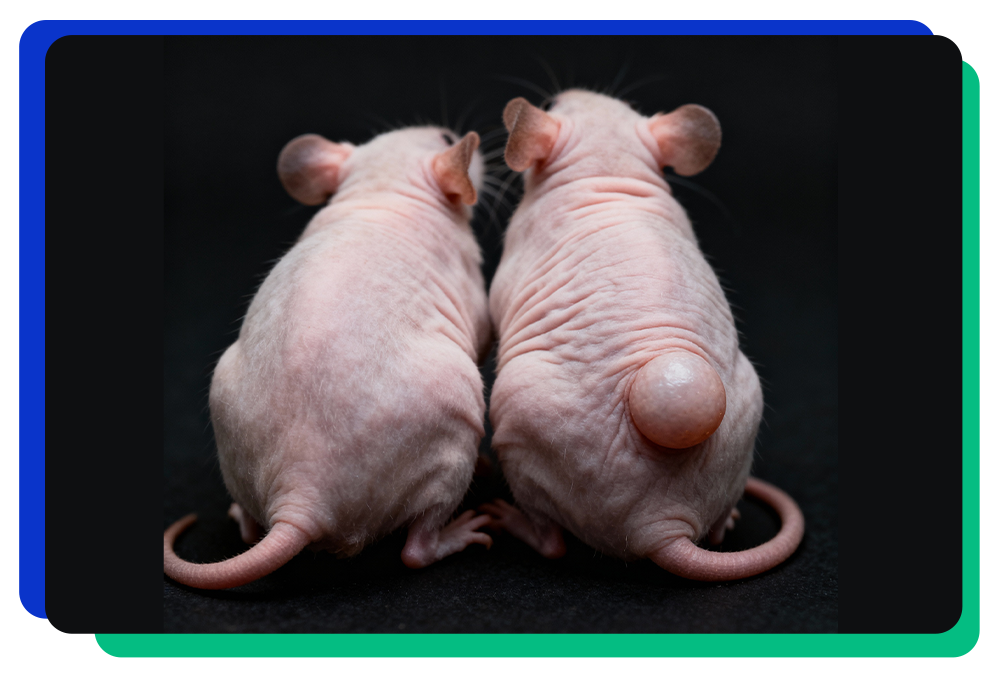
- Orthotopic, SC Xenograft, Metastatic Oncology models in immune compromised mice
- Prostate – LNCaP, PC-3, DU-145
- Breast – MCF-7, BT-474, SK-BR3, BT-20, MDA-MB-231, MDA-MB-468, MDA-MB-453
- Colorectal – HT-29, HCT-116, COLO 205, SW620, SNU – C2B, KM12
- Lung – NCI-H460, NCI- H522, A549, DMS53
- Melanoma- SK-MEL-2, A431, A2058, A375
- Pancreatic- MIA-PaCa-2, PANC-1
- Ovarian- OVCAR-3, SK-OV-3
- PDX models: HNSCC, Breast, CRC
- Syngeneic Oncology Models
- Breast – 4T1, EMT-6
- Lung – KLN205, Lewis Lung LLC or LL/2
- Colon – colon26, CT26, MC38
- Lymphoma – A20, EG7
- Melanoma – B16
- Renal – Renca
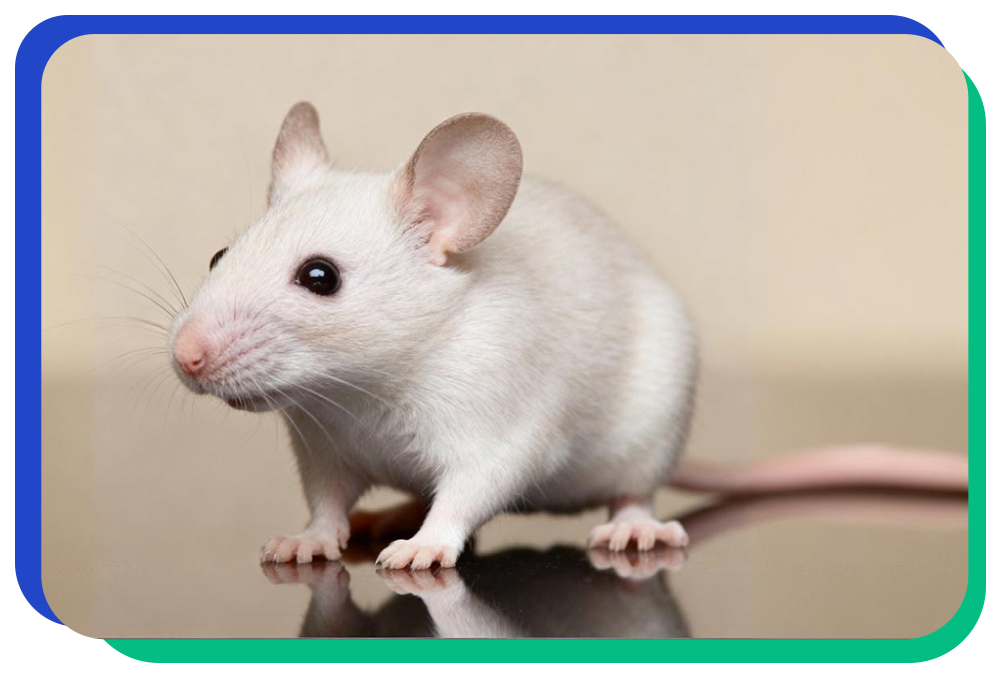
Research is not limited to the aforementioned animal models; oncology models can also be customized to meet specific experimental objectives.
Obesity
Animal Models of Obesity
- Genetic Models
- Ob/Ob mice (lack leptin)
- db/db mice (defective leptin receptors)
- Zucker fatty rats (fa/fa)- Mutation in leptin receptor
- Diet Induced Obesity (DIO)
- 45% HFD mice
- 60% HFD mice
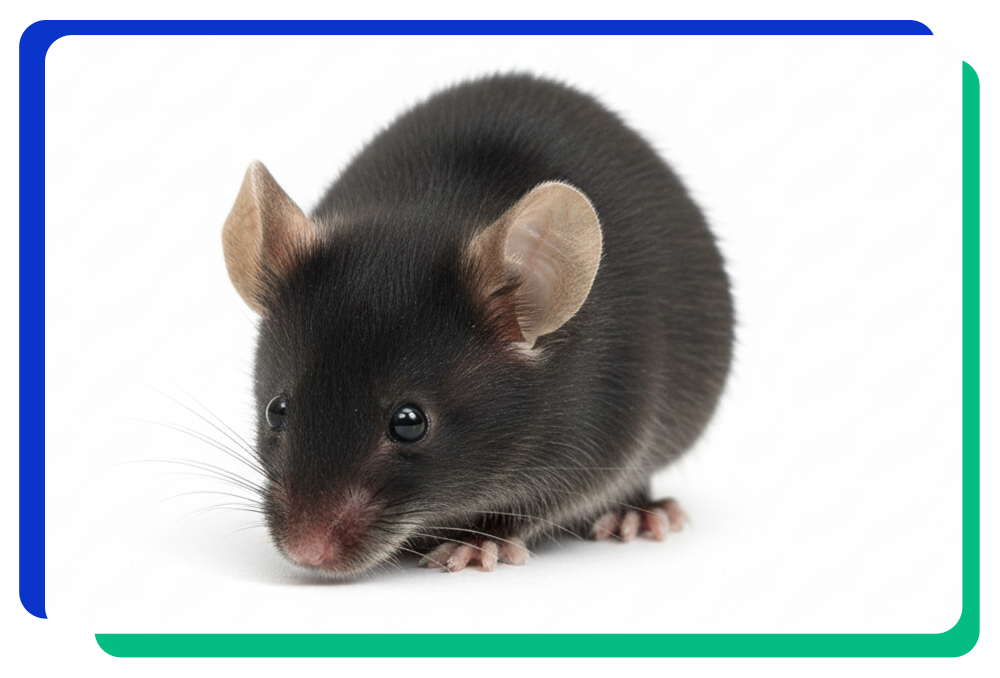
Diabetes
Animal Models of Diabetes
- Type 1 Diabetes Models
- Alloxan Induced diabetes (rats and mice)
- Streptozotocine (STZ) induced diabetes- single and multiple dose- rats and mice
- NOD Mice- Non obese diabetes
- BB Rats (Bio breeding rats)
- Type 2 Diabetes Models
- STZ induced neonatal model
- db/db mice
- Ob/Ob mice
- DIO mice
- Zucker fatty (Zucker fa/fa) rats
- Zucker diabetic fatty (ZDF) rats

- Other Metabolic Diseases
- Dyslipidemia hamster
- Dyslipidemia Guinea pig
- LDLR mice
- ApoE KO mice
- MCD Diet Induced NASH mice
- High fructose induced NASH mice
- nSTZ+HFD induced NASH model
Inflammation
Animal Models of Inflammation
- Carrageneen/CFA induced inflammation
- LPS induced systemic inflammation
- CCl4 mediated liver fibrosis
- CCI, SNI pain models
- NF1+/- KO neurofibromatosis in mice (cryo recovery, JAX lab)
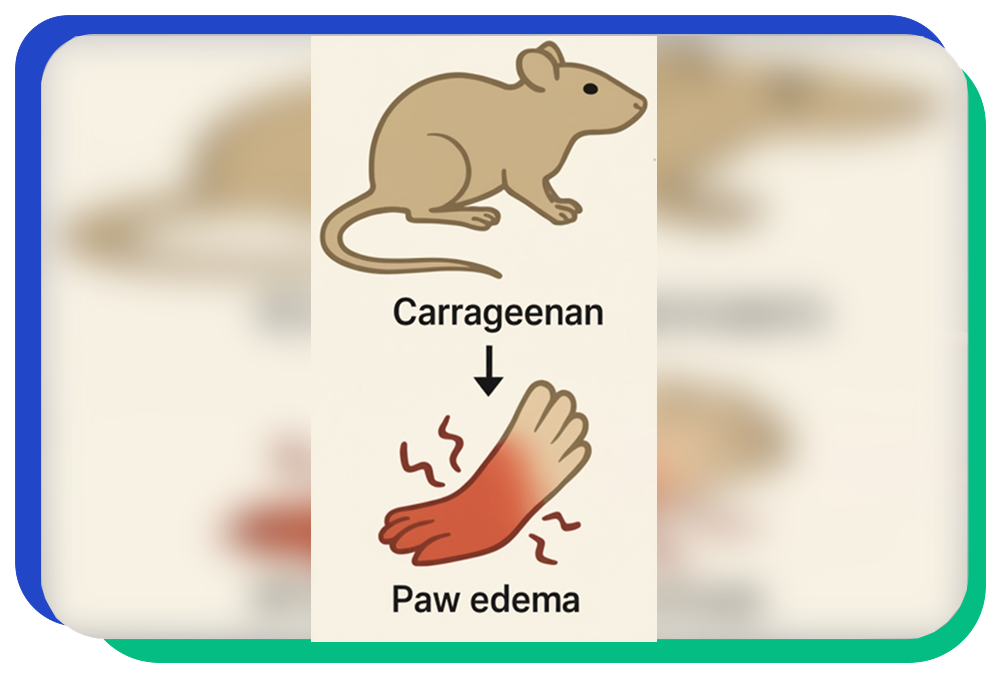
Neuroscience
Animal Models of Neuroscience
- Alzheimer's disease and Dementia
- Transgenic mouse models
- Familial Alzheimer's Disease Models (Mouse)
- PDAPP, Tg2576, APP23, APP/PS1, APPSWE, Tau - Model 2508, APPSWE-Tau
- Sporadic Alzheimer's Disease Models (Mouse)
- APOE2, APOE3, APOE4
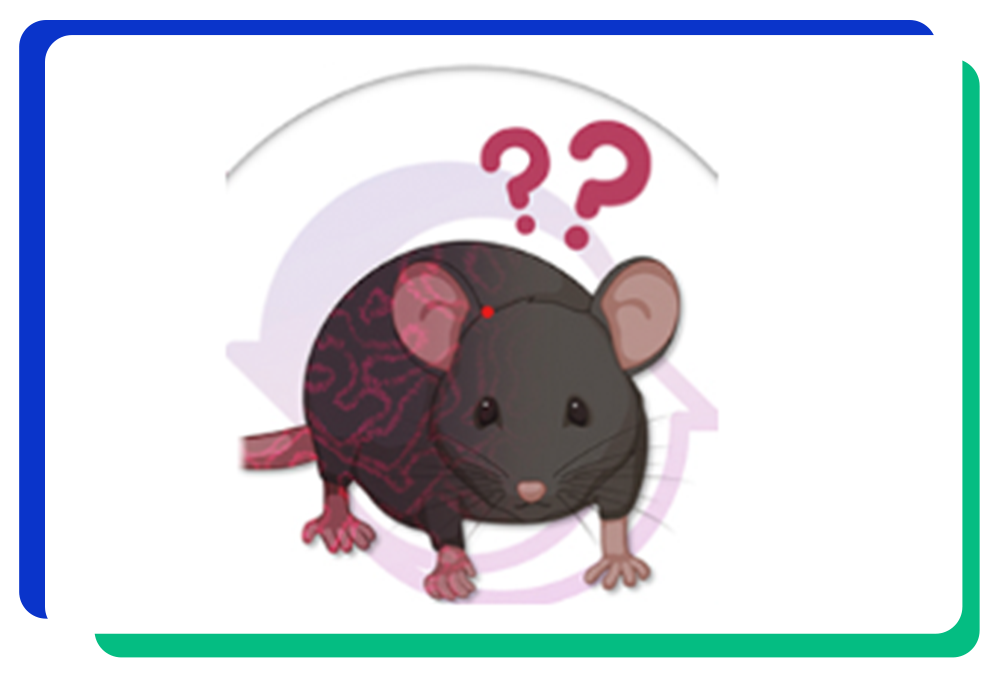
- Transgenic mice with both plaques and tangles
- 3xTg mouse
- Knock-in mouse models
- PS1M146V, APP KI, Tau KI, hAPOE KI, TREM2 KO/KI & Tg
- Transgenic rat models
- TgF344-AD rats, McGill-R-Thy1-APP rats
- Chemically induced models
- lipopolysaccharide (LPS)-induced inflammation, which mimics systemic inflammation (immune challenge based)
- ICV- STZ induced model
- Amyloid Induced model
- Colchicine-induced models
- Scopolamine models
- Atropine induced model
- AlCl3 Induced model
- D-Galactose Induced model
- Parkinson's disease
- Neurotoxin-Induced Models
- 6-hydroxydopamine (6-OHDA) in rats
- MPTP (1-methyl-4-phenyl-1,2,3,6-tetrahydropyridine) in mice
- Genetic Models
- Alpha-synuclein (SNCA) Preformed Fibril (PFF) Models
- Leucine-rich repeat kinase 2 (LRRK2)
- Pten-induced kinase 1 (PINK1) and Parkin (PRKN)
- Multiple Sclerosis (MS)
- Experimental Autoimmune Encephalomyelitis (EAE) mice
- Viral Models: Theiler's Murine Encephalomyelitis Virus (TMEV)
- Toxin-Induced Demyelination Models
- Cuprizone (CPZ) Model
- Lysolecithin (LPC) Model
- Neuromuscular Diseases (ex., Amyotrophic Lateral Sclerosis, ALS)
- SOD1-GR3A Rat, rNLS8 mouse, C9orf72 HRE mouse
- Huntington's disease
- Toxin-Induced Models
- Quinolinic Acid
- 3-Nitropropionic acid (3-NP)
- Genetic Models
- R6/2, R6/1, N171-82Q, YAC
- Knock-in models
- HdhQ92, HdhQ111, CAG140 , CAG15O mouse
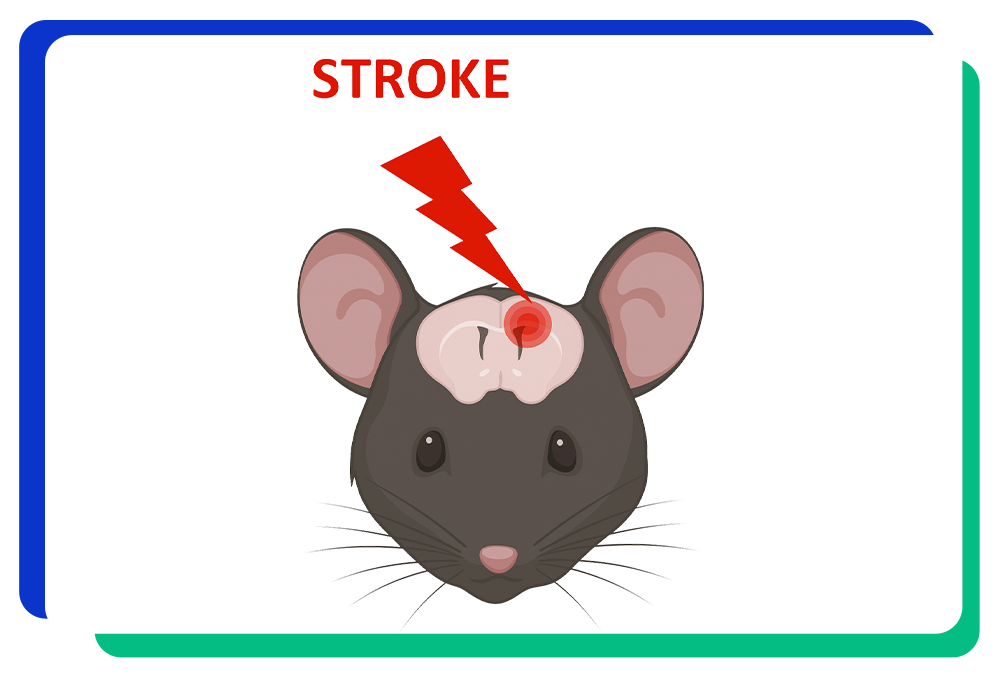
- Stroke
- Focal Ischemia Models
- Middle Cerebral Artery Occlusion (MCAO)
- Photothrombosis, Embolic Models
- Global Ischemia Models
- Bilateral carotid artery ligation
- Epilepsy
- Chemical-Induced Models
- Pilocarpine (status epilepticus, SE)
- kainic acid (temporal lobe epilepsy, TLE)
- Pentylenetetrazol (PTZ)
- Electrical Stimulation Models
- Kindling: Repeated electrical stimulation for TLE.
- Maximal Electroshock Seizure (MES): This model for generalized tonic-clonic seizures.
- Genetic Models
- GAERS rats, WAG/Rij Rats
- Audiogenic seizure-susceptible (AAR) mice
- Injury-Induced Models
- Post-Traumatic Epilepsy (PTE) Models: Fluid percussion injury (FPI) model - epilepsy that develops after a brain injury.
- Other Neuroscience Models
- Depression
- LPS, Diabetes induced depression models
- Forced Swimming test
- Tail Suspension test
- Anxiety
- Stress-Induction Models (i.e. Restraint Stress)
- Open Field Assessment
- Elevated Plus Maze
- Catalepsy
- Haloperidol-induced catalepsy- Bar test
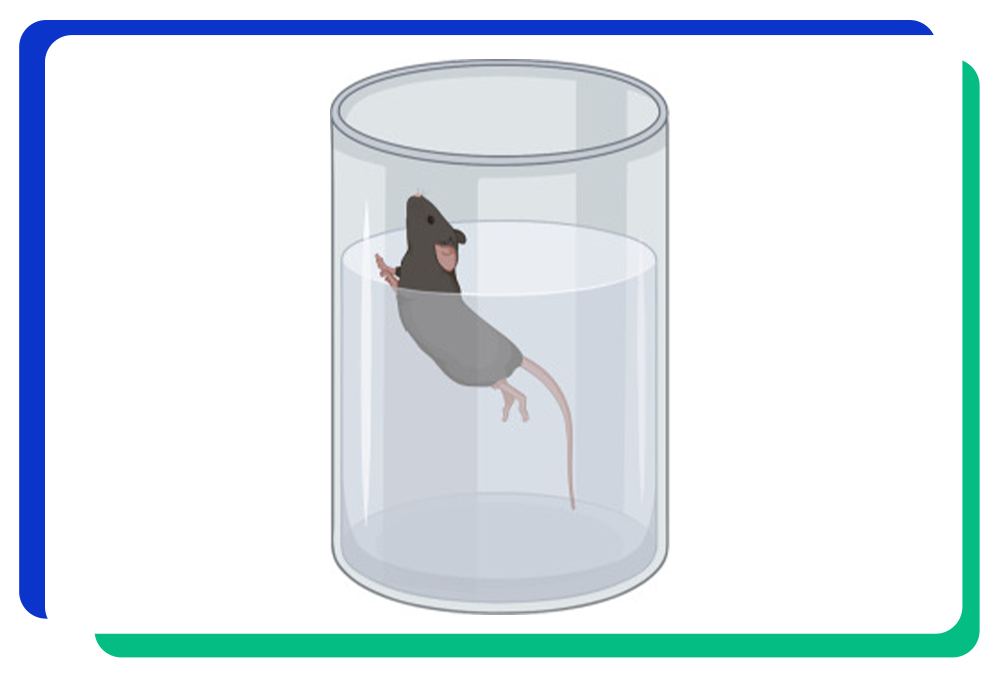
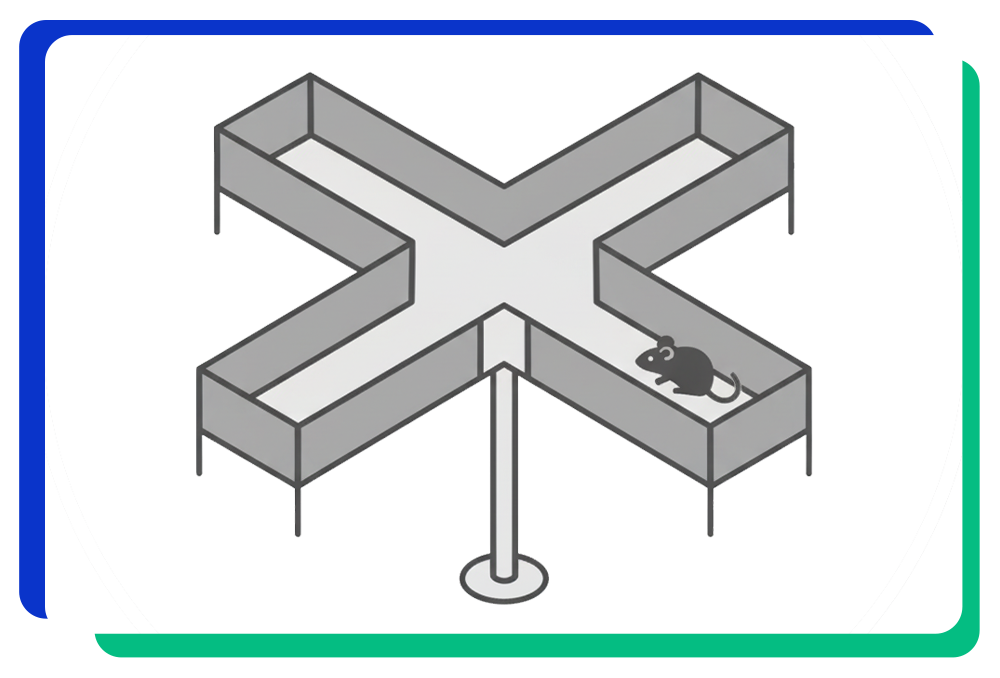
- Cognition
- Scopolamine induced amnesia in mice
- STZ induced amnesia
- Morris Water Maze
- Novel object recognition task (short-term and spatial memory
- Y-maze
- Animal Behavioral Tests - Efficacy Studies of CNS Compounds Inhibitory (passive avoidance)
- Step down: (learning and memory test)
- Step through passive avoidance (time to step through)
- Uphill avoidance (latency of claiming response)
- Two comportment tests (time spent in compartments)
- Plus maze (learning and memory, time spent in the open arm and the closed arm)
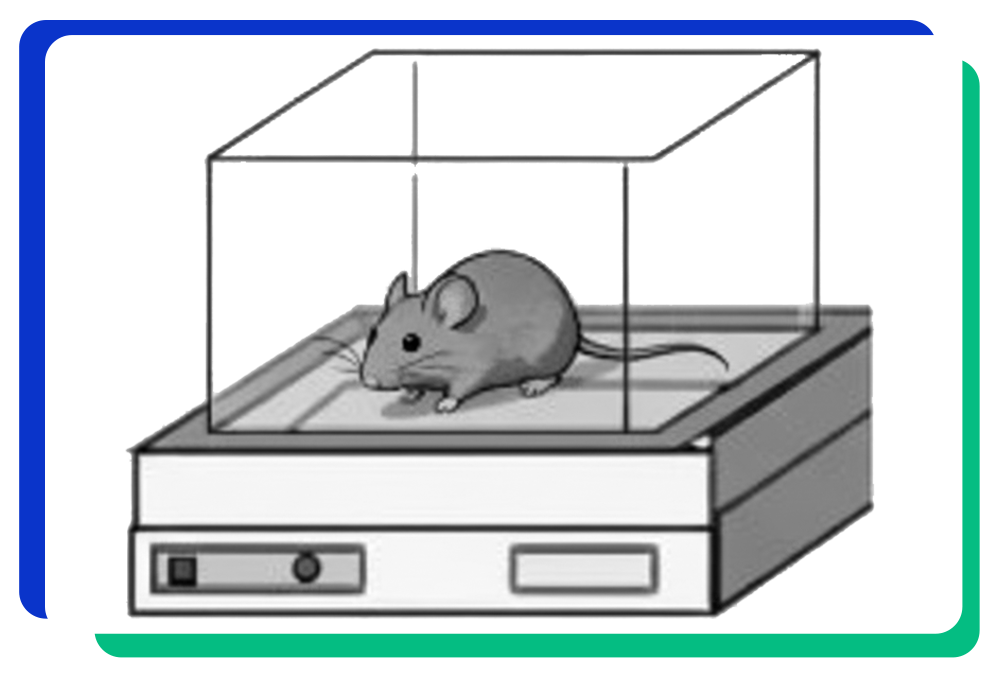
- Active avoidance
- Runway avoidance
- Motor & sensory functions
- Cylinder Test
- Grill Agility Test
- Grip Strength Test
- Open Field Test (Locomotor)
- Paralysis Assessment
- Rotarod Test
- Tail Suspension Swing Test
- Tremor Assessment
- Routes of Administration
- PO, SC, IP, IV, Intratracheal, Intramuscular, Intrathecal, Topical, Slow-infusion and Continuous Infusions (Osmotic or syringe pump)
We also offer customized animal disease models tailored to specific client requirements, backed by deep scientific and technical expertise. Our services span the entire in-life phase and ex-vivo assays, including:
- Tissue collection and processing
- Histopathology and immunohistochemistry
- Biomarker analysis
- Clinical pathology using animal body fluids
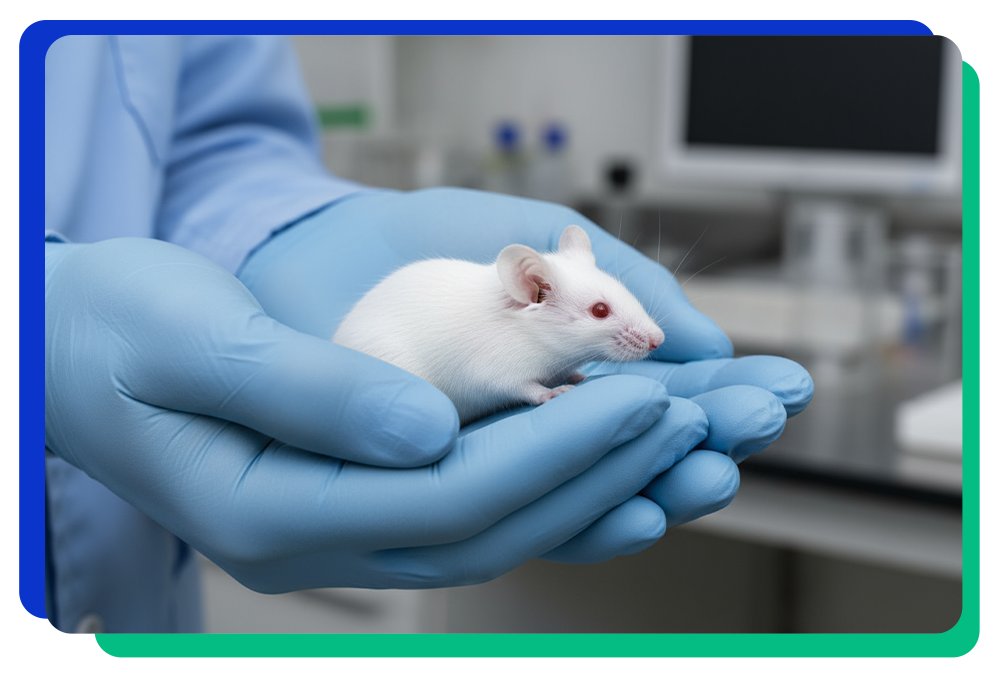
Ex-vivo Pharmacology & Biomarkers

Ex-vivo analysis confirms the In vitro effects of test articles and establishes the correlation between efficacy, target engagement and biomarkers. All samples utilized in ex vitro analysis are derived from animals involved in the study, encompassing blood, plasma, cerebrospinal fluid (CSF), various body fluids, tissue extractions, urine, and feces.
- Our gene and protein analysis platforms - RT-PCR, ELISPOT, Auto MACS Pro, Alpha LISA, Western Blot, and MSD
- FACS analysis on cells, blood, and tissue samples
- Histology, histochemistry, and immunohistochemistry
- Clinical blood biochemistry, hematology, bone marrow smear, and staining
- Analysis of body fluids, urine, and feces extractions
State-of-the-art 100,000 sq. ft. vivarium facility is both AAALAC-accredited and GLP-certified, designed to meet the highest standards for breeding and testing.
At AALS, we are committed to delivering high-quality, reliable, and customized preclinical solutions that accelerate your path to the clinic.
Vivarium Facility Infrastructure
- Designed as per AAALAC International and OECD-GLP compliance
- Holding Capacity: Rat/mice
- Air Quality: 100% Pass through
- Flooring Type: Epoxy (All clean areas)
- Class 100,000 Clean room Classification
- Autoclave: ~2,700 L Inner Chamber volume, completely automated, 21 CFR compliant
- Min. 15 Air Changes/Hour
- Dedicated spaces for all support services as per GLP (TICO, Archives, Cell Culture, Pathology, Necropsy, Microbiology, Feed & bedding store etc.)
- Siemens Building Management System: Automated Temperature, Relative Humidity and Differential Pressure monitoring
- RO Water for usage

ISO-17025 Certified

Unit No. 002013

IBSC Committee

Source of Animals
Rodents: Rats and Mice (ENVIGO++++, GVRP India; Charles River, USA)
Non-Rodents: Beagle dogs, Rabbits, Rhesus, Cynomolgus (Palamur Biosciecne, India)







